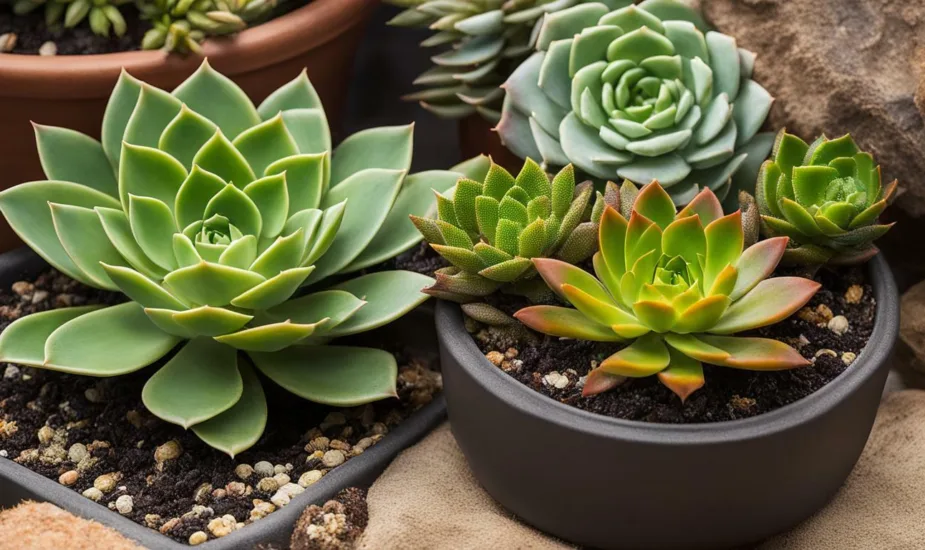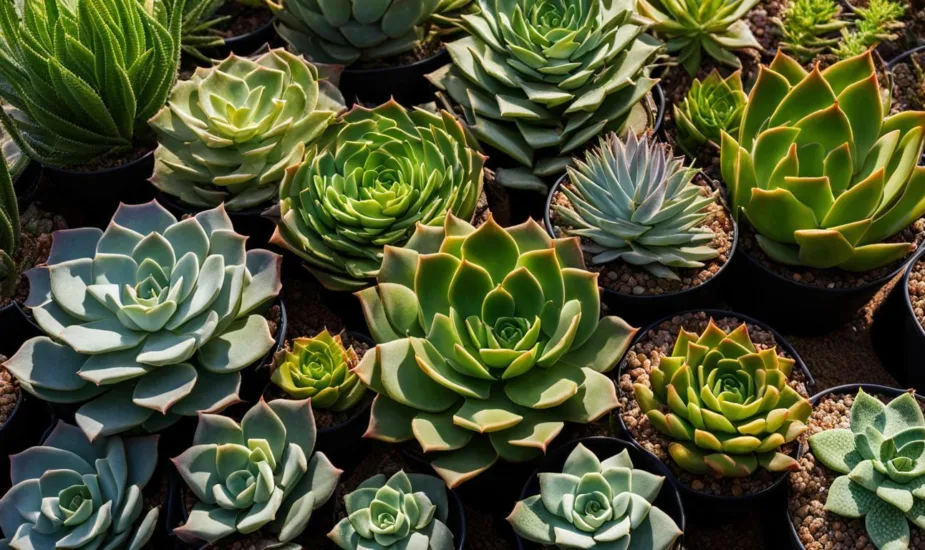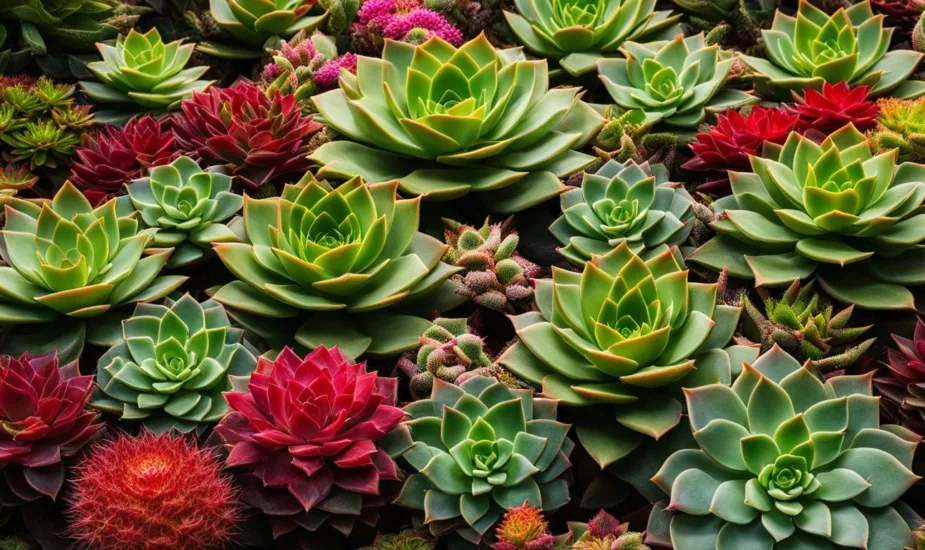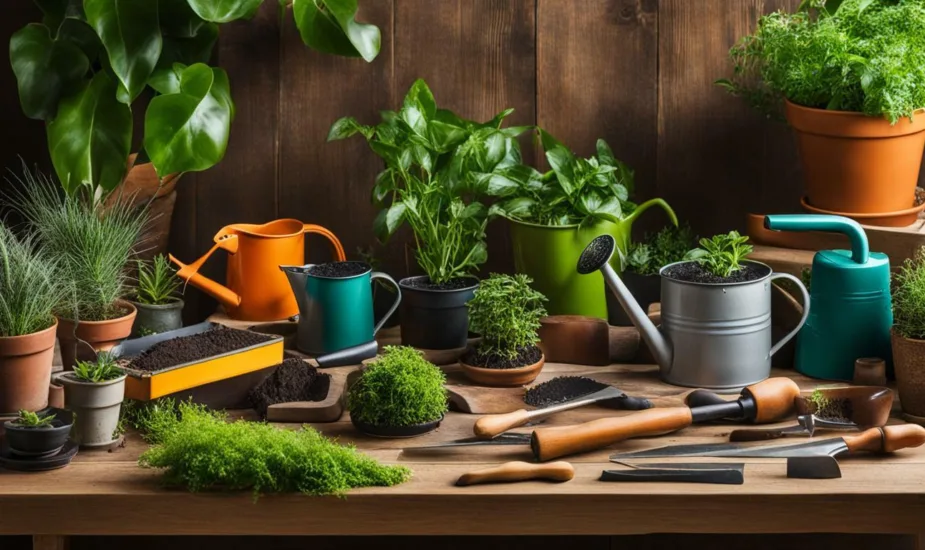Reaching New Heights: Discover the Benefits of Vertical Gardening
Vertical gardening is a popular technique that allows individuals with limited space to enjoy the benefits of gardening. It offers many advantages, including better air quality, increased accessibility, and improved food safety. By growing your own produce in a vertical garden, you can also reduce exposure to harmful chemicals and pesticides, ensuring a healthier diet.

Creating a vertical garden can also maximize your use of space, making it perfect for urban areas with smaller gardens or balconies. Additionally, vertical gardening can create privacy screens, add aesthetic value to your space, and reduce the risk of pests and diseases by keeping plants off the ground.
Furthermore, vertical gardening allows for better air circulation and increased exposure to sunlight, which can reduce the risk of plant diseases and promote healthy growth.
Vertical gardening also offers environmental benefits, such as reducing soil erosion and preventing water pollution. It also requires less bending and kneeling, making it more accessible for a wider range of individuals. Aesthetic appeal is another bonus of vertical gardening, as it can add a unique and attractive element to your decor.
In summary, vertical gardening offers a range of benefits that make it an excellent solution for individuals with limited space or those looking to improve their gardening practices.
Key Takeaways:
- Vertical gardening maximizes limited space and offers advantages for urban gardening.
- Growing your own produce in a vertical garden enhances food safety and healthy eating habits.
- Vertical gardening creates privacy screens, reduces pest and disease problems, and improves air circulation.
- Vertical gardening helps prevent soil erosion and improves sustainability.
- Vertical gardening is water-efficient and increases yield per square foot.
Enhancing Food Safety and Healthy Eating Habits
One of the key benefits of vertical gardening is better food safety. Growing your own vegetables and herbs vertically allows for greater control over the growing conditions, reducing the risk of exposure to harmful chemicals and pesticides commonly found in mass-produced produce. This promotes healthier eating habits and reduces the risk of contracting foodborne illnesses.
Vertical gardening is also an ideal solution for small space gardening. It maximizes limited space by allowing for efficient use of vertical surfaces such as walls and fences, while minimizing the need for bending and kneeling. Growing vegetables vertically also prevents soil compaction and enhances air circulation, reducing the risk of soil-borne diseases and pests.
Here are some useful tips for growing vegetables vertically:
| Tips | Description |
|---|---|
| Choose the Right Plants | Select plants that are suitable for vertical gardening, such as tomatoes, cucumbers, and beans. These plants have a vining nature that makes them ideal for growing vertically. |
| Provide Proper Support | Use trellises, stakes, or cages to provide support for the plants. This prevents the plants from becoming too heavy and breaking under their own weight. |
| Use Quality Soil | Use high quality soil that is rich in nutrients and has good water retention. This ensures that the plants have all the nutrients they need to grow and produce healthy fruits and vegetables. |
| Maintain Proper Watering | Water the plants regularly, making sure to avoid overwatering or underwatering. This will help the plants grow healthy and strong, and prevent issues such as root rot. |
| Harvest Regularly | Harvest the fruits and vegetables regularly to encourage more growth and prevent overcrowding. This ensures that the plants are producing at their full potential. |
By utilizing vertical gardening techniques and following these tips, you can enhance food safety and cultivate healthy eating habits while maximizing your garden space.

Space-Saving Solution: Maximizing Garden Space
Vertical gardening is also a space-saving solution, which is ideal for individuals looking to garden in limited spaces. With this technique, individuals can grow plants vertically using trellises, hanging gardens, or wall gardens. This reduces the need for large amounts of space and allows them to maximize their garden space.
Vertical gardening can also create privacy screens, separating areas of the garden or providing a barrier from neighbors. Additionally, it reduces pest and disease problems, as plants are less likely to become overcrowded. This means that plants receive adequate sunlight and ventilation, improving their health and lifespan.
For individuals with limited mobility, vertical gardening can reduce the need for bending and kneeling. The plants are easily accessible, making it easier to maintain and harvest them. This is particularly beneficial for elderly individuals who may struggle with traditional gardening methods.

A well-designed vertical garden can also be aesthetically appealing, adding a unique element to any space. It transforms an ordinary wall or fence into a masterpiece of greenery and color. Additionally, vertical gardening reduces noise pollution, making it an ideal choice for urban environments.
Overall, vertical gardening is a versatile technique that enhances aesthetics, maximizes space, and provides numerous benefits to individuals with limited gardening areas. By utilizing hanging gardens, wall gardens, or trellises, individuals can make the most of their small spaces and create beautiful and functional vertical gardens.
Improving Air Circulation and Preventing Diseases
Another advantage of vertical gardening is better air circulation around plants, which can effectively reduce the risk of fungal diseases and promote healthy growth. By growing plants in a vertical garden, individuals can enjoy the benefits of a clean and controlled environment, which is essential for the production of healthy and safe produce.
In addition, vertical gardening is an excellent solution for preventing soil erosion and conserving water, making it an ideal choice for individuals interested in sustainable gardening practices. The use of trellises, hanging baskets, and wall gardens allows even small spaces to be transformed into lush green areas, adding aesthetic appeal and providing noise reduction benefits.
In fact, the benefits of vertical gardening are plenty. This innovative gardening method offers improved accessibility, increased yields, and reduced water usage, making it a popular choice among urban gardeners, apartment dwellers, and those with limited outdoor space.
With green wall benefits and vertical gardening tips, vertical gardening allows individuals to create visually appealing and functional green areas, even in limited spaces. By utilizing trellises and wall gardens, individuals can transform their living spaces and enjoy the benefits of a healthy, green environment.

Vertical gardening offers endless possibilities for those who are looking to maximize their garden space, while also promoting sustainability and healthy eating habits. Whether you are looking to grow fresh produce or create a calming outdoor oasis, vertical gardening is a practical and innovative solution that is sure to inspire your inner green thumb.
Preventing Soil Erosion and Improving Sustainability
Vertical gardening can also help reduce soil erosion compared to traditional gardening methods. By utilizing walls or vertical surfaces, soil stays in place and is not susceptible to runoff caused by rain or wind. This allows for better soil retention, leading to healthier plants and a sustainable garden.
Not only does vertical gardening save space, but it also promotes sustainability by protecting soil nutrients and preventing water pollution. By reducing the need for large plots of land, vertical gardening reduces the carbon footprint of gardening and promotes a greener environment.
Green walls, in particular, offer a variety of benefits beyond soil retention and sustainability. They are visually stunning and offer noise reduction for those living in urban environments. Additionally, they provide better air circulation and improved access to plants for maintenance and harvest.
Through space-saving gardening methods like vertical gardening, homeowners and urban dwellers alike can cultivate their green spaces while also promoting sustainability. By choosing the right plants, soil, and maintenance methods, vertical gardening can create stunning, sustainable greenery that benefits both people and the environment.

Conclusion
In conclusion, vertical gardening offers numerous benefits that make it an ideal solution for individuals with limited space or mobility. This innovative and accessible method of gardening allows for the maximization of limited space, making it a great option for urban gardening and small space gardening.
Vertical gardening also enhances food safety and promotes healthy eating habits, as individuals can have full control over the growing conditions and reduce exposure to harmful chemicals. Additionally, it maximizes garden space, creates privacy screens, and reduces pest and disease problems.
Moreover, green wall benefits are numerous, including better air circulation and increased sunlight exposure that reduce the risk of plant diseases. Vertical gardening also reduces soil erosion and protects soil nutrients, promoting sustainability and preventing water pollution.
Overall, vertical gardening is an innovative gardening solution that offers numerous advantages, including aesthetic appeal, noise reduction, increased yield, and reduced water usage. It can be achieved through various methods, including hanging gardens, wall gardens, and trellises. To get started, individuals should assess their space, select appropriate plants, choose a vertical garden system, and implement proper maintenance and care.
Vertical gardening allows individuals to create stunning green spaces and enjoy the rewards of a flourishing garden, even in small and constrained environments. With its many benefits, vertical gardening is a must-try for anyone interested in gardening or looking for an innovative way to maximize limited space.
FAQ
Q: What is vertical gardening?
A: Vertical gardening is a technique that maximizes the use of vertical surfaces, such as walls, balconies, and patios, to create a flourishing garden.
Q: What are the benefits of vertical gardening?
A: Vertical gardening offers numerous benefits, including better food safety, space-saving advantages, improved air circulation, reduced soil erosion, easier accessibility, enhanced aesthetics, reduced noise pollution, increased yields, and water efficiency.
Q: Can I grow vegetables vertically?
A: Yes, vertical gardening allows you to grow a variety of plants, including vegetables, herbs, and flowers, in a small area.
Q: How does vertical gardening reduce the risk of plant diseases?
A: Vertical gardening improves air circulation and increases sunlight exposure, which helps prevent fungal diseases and reduces the risk of moisture buildup.
Q: Can vertical gardening be done in small spaces?
A: Yes, vertical gardening is a space-saving solution that maximizes limited space, making it perfect for small patios, balconies, or indoor areas.
Q: Is vertical gardening water-efficient?
A: Yes, vertical gardening allows for more efficient watering by directing water directly to the roots of the plants, minimizing water wastage.
Q: Can vertical gardening be accessible for individuals with mobility issues?
A: Yes, vertical gardening eliminates the need for frequent bending and kneeling, making it more accessible for individuals with limited mobility. It can also be designed with accessibility in mind for easy reach of plants.
Q: How does vertical gardening prevent soil erosion?
A: Vertical gardening protects the soil from erosion caused by heavy rain or wind, as well as foot traffic, by keeping plants off the ground and using support structures to maintain undisturbed soil.
 Little Garden Tips
Little Garden Tips












